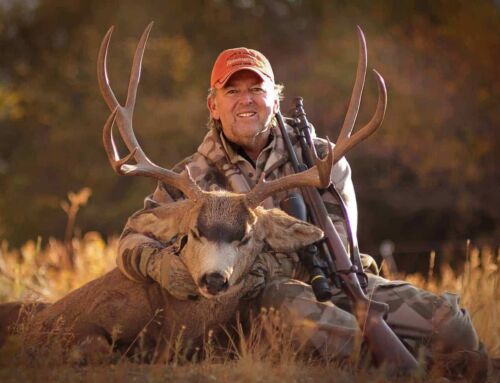 One of the biggest mistakes I used to make, and sometimes still do, was to find a mother lode of rubs and scrapes, rush in and hang a tree stand based on the sign. Sound familiar? Sometimes it works out, but most of the time it doesn’t.
One of the biggest mistakes I used to make, and sometimes still do, was to find a mother lode of rubs and scrapes, rush in and hang a tree stand based on the sign. Sound familiar? Sometimes it works out, but most of the time it doesn’t.
Why? Because a ridge or bottom where bucks lay down a ton of sign, especially scrapes beginning later this month, is where they spend a lot of time at night, and hence are apt to show up after shooting light.
Something ODMA biologist Kip Adams told me once stuck: “Why sit and watch scrapes where a 10-pointer is likely to show up at night? Why not watch a heavy trail or edge of cover 100 yards or more off the scrapes, where you might catch him moving in first or last light.”
Another of the nation’s top biologists, Mick Hellickson, has done extensive trail-camera research on land in Iowa. He said: “We have 10 camera sites where we photograph an average of 10 different mature bucks each year. Sign aside, common habitat features for those bucks are proximity to security cover and any terrains that bottleneck buck movement.”
The takeaway: Find a hub of hot sign—rubs, scrapes and big tracks–and scout out from the sign for 100 to 200 yards in all directions. Look for thick edges and pockets of cover, and trails that run along or through them. Look for narrow creek crossings and bends, ditches, ridge points, saddles and the like that funnel deer to and from a sign-blazed ridge or bottom. Hang your stands on the covers and terrains to see and shoot more bucks.





